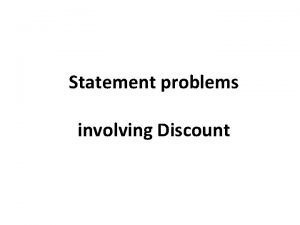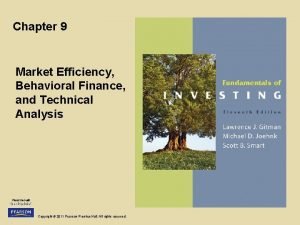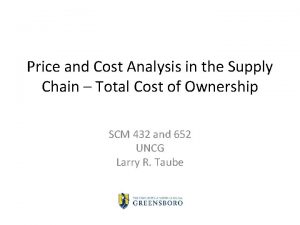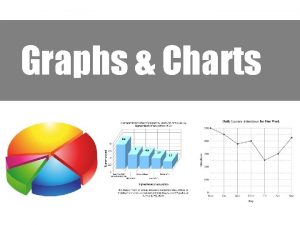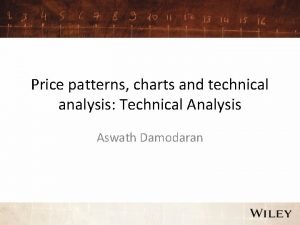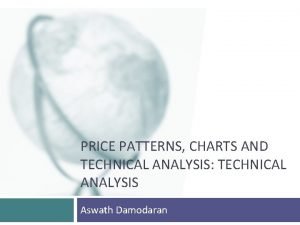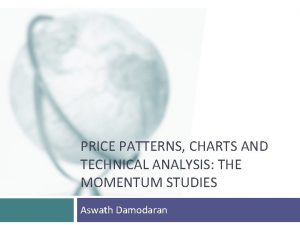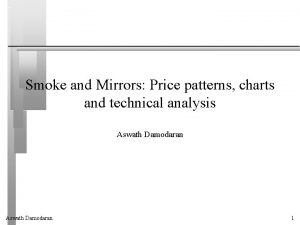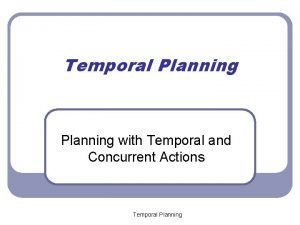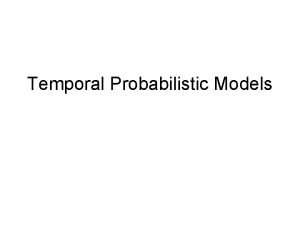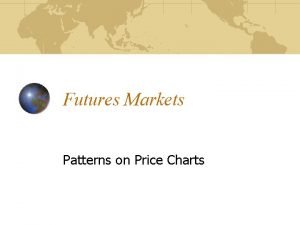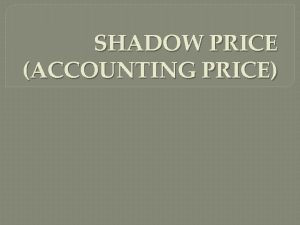PRICE PATTERNS CHARTS AND TECHNICAL ANALYSIS TEMPORAL PATTERNS












- Slides: 12

PRICE PATTERNS, CHARTS AND TECHNICAL ANALYSIS: TEMPORAL PATTERNS Aswath Damodaran

Seasonal and Temporal Effects on Prices • Empirical studies indicate a variety of seasonal and temporal irregularities in stock prices. Among them are: – – – • The January Effect: Stocks, on average, tend to do much better in January than in any other month of the year. The Weekend Effect: Stocks, on average, seem to do much worse on Mondays than on any other day of the week. The Mid-day Swoon: Stocks, on average, tend to do much worse in the middle of the trading day than at the beginning and end of the day. While these empirical irregularities provide for interesting conversation, it is not clear that any of them can be exploited to earn excess returns. 2

A. The January Effect Studies on returns on stocks indicate that returns in January are higher than returns in any other month of the year, by a wide magnitude. Specifically, across all US stocks, the average monthly return in January has been 3. 26%, between 1926 and 2018, whereas the average monthly return for February-December has been 0. 95%. More generally, there seems to be evidence (albeit weaker) that the stronger the returns in January, the better the returns will be for the year. 3

The January effect is strongest for small cap stocks Average Monthly Returns: US Stocks from 1926 -2018 8. 00% 7. 00% 6. 00% Smallest Cap Decile 5. 00% Market 4. 00% Largest Cap Decile 3. 00% 2. 00% 1. 00% 0. 00% January February-December 4

And it is strong across international markets 5

Potential explanations There are three possible explanations for the January effect: Fund flows: It is possible that investors withdraw cash collectively from stocks in December and invest money back into stocks in January. Window dressing by institutions: Institutions may sell losing stocks in December and buy them back in January. Tax selling: Investors may sell in December for tax reasons and buy back in January. The fact that the January effect is strongest for small cap stocks indicates that whatever the reason for it has to be stronger for smaller companies (which tend also to have less followed by analysts and therefore have more information coming from the companies). 6

B. The Weekend Effect 7

The Weekend Effect in International Markets 8

Has it held up? 9

The Weekend Effect: Explanations The Monday effect is really a weekend effect since the bulk of the negative returns is manifested in the Friday close to Monday open returns. The returns from intraday returns on Monday are not the culprits in creating the negative returns. Monday effect is worse for small stocks than for larger stocks. Monday effect is no worse following three-day weekends than two-day weekends. There are some who have argued that the weekend effect is the result of bad news being revealed after the close of trading on Friday and during the weekend. There is evidence that the weekend effect gets weaker for stocks where short selling and/or put options is available, allowing traders to trade ahead of the Monday open. 10

C. Intraday Price effects As researchers get access to intraday prices, they are finding patterns in stock prices during the course of the day, with some claiming to find evidence of a mid-day market swoon and others finding evidence of price patterns at the start and end of trading days. These patterns, even if they exist, are difficult to exploit for stand-alone profits but may allow investors to augment profits from other trading strategies. 11

Temporal Evidence and Investing There are time patterns in stock prices: While much time and effort has been spent chronicling the presence of temporal effects on stock prices, the bottom line is that there is little evidence that investors have been able to exploit these effects to make money. But making money on these patterns seems to be difficult: In fact, attempts to exploit the factors seems to reduce their potency, suggesting that temporal effects have less to do with market efficiency and more to do with market microstructure and information patterns. 12
 Ano ang price ceiling price floor at price freeze
Ano ang price ceiling price floor at price freeze Price discovery and price determination
Price discovery and price determination Marked price-selling price=
Marked price-selling price= Hire purchase and installment system difference
Hire purchase and installment system difference Sap strategic sourcing
Sap strategic sourcing Weather surface analysis
Weather surface analysis Mining frequent patterns associations and correlations
Mining frequent patterns associations and correlations Feasibility
Feasibility Behavioral finance and technical analysis
Behavioral finance and technical analysis Supply chain management cost analysis
Supply chain management cost analysis Contemporary dating patterns are formal patterns
Contemporary dating patterns are formal patterns Www.google.com
Www.google.com Charts and tables
Charts and tables


